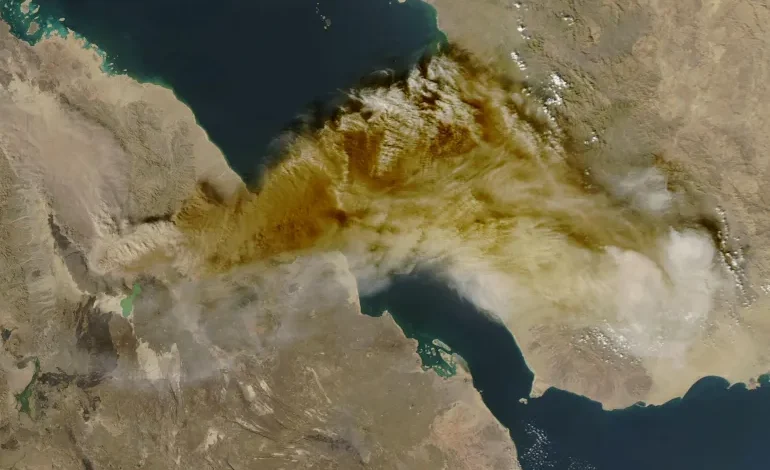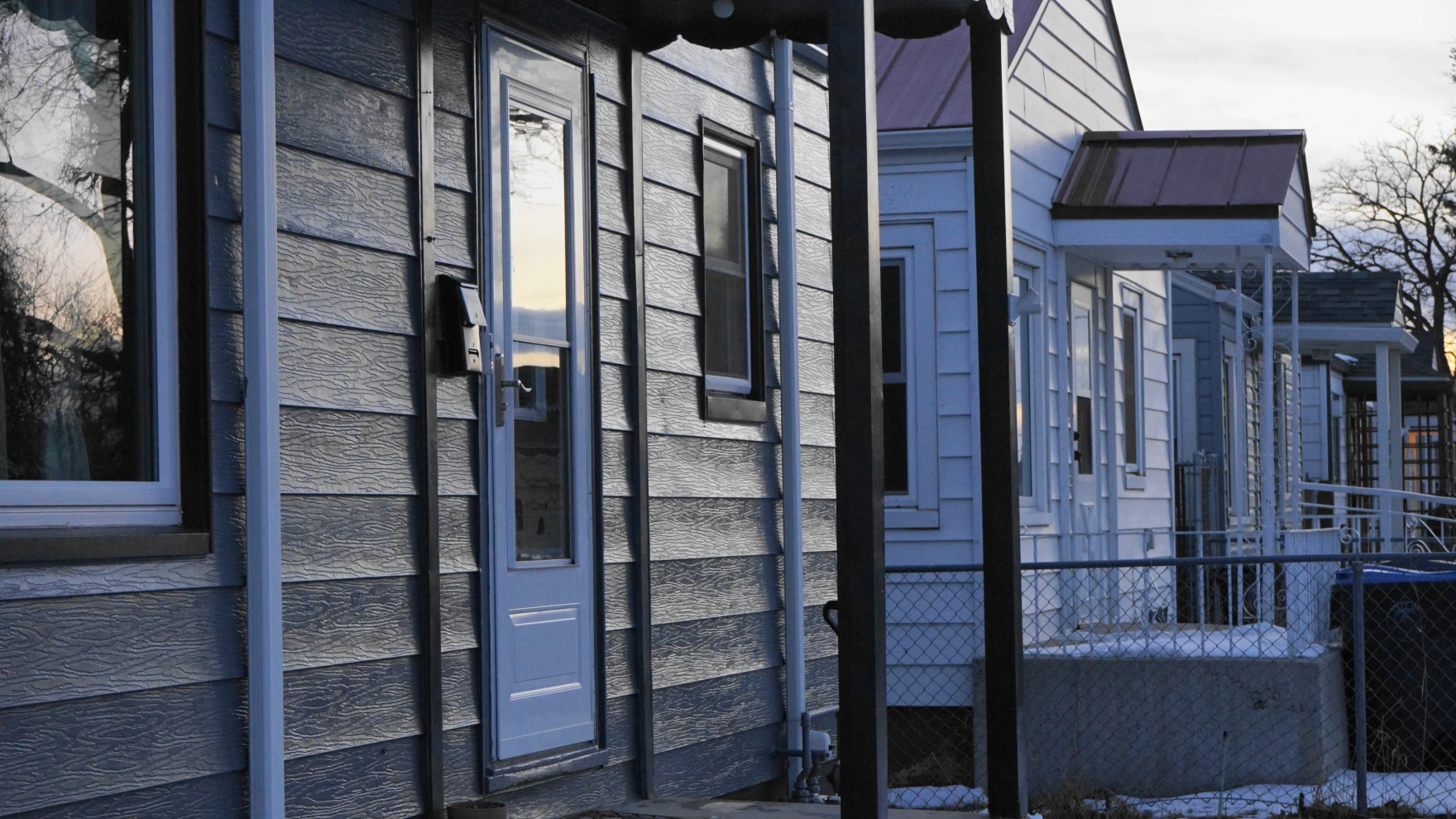Ethiopia’s Hayli Gubbi volcano erupts after 12,000 years, ash clouds drift across Red Sea

A long-dormant volcano in northern Ethiopia has roared back to life, blanketing nearby communities in ash and sending plumes across the Red Sea towards Yemen and Oman.
The Hayli Gubbi volcano, located in the Afar region around 800 kilometres northeast of Addis Ababa, erupted for several hours on Sunday morning. By the time the activity eased, the nearby village of Afdera was coated in fine grey ash, with visibility reduced and daily life thrown off balance.
“There were no casualties,” local authorities confirmed, but the visual and psychological impact was hard to miss. Thick columns of smoke climbed as high as 14 kilometres into the atmosphere, with ash clouds drifting as far as Yemen, Oman, India and northern Pakistan, according to the Toulouse Volcanic Ash Advisory Centre.
For residents, the eruption felt sudden and surreal. Ahmed Abdela, who lives in the Afar region, described the moment bluntly.
Local officials warn that while no lives have been lost, the economic consequences could follow quickly. Mohammed Seid, a regional administrator, said the fallout is already affecting livestock-dependent communities.
“While no human lives and livestock have been lost so far, many villages have been covered in ash, and as a result, their animals have little to eat,” he said.
The Hayli Gubbi volcano sits within the Rift Valley, one of Africa’s most active geological zones where tectonic plates slowly pull apart. Rising about 500 metres above the surrounding terrain, the volcano had not recorded any eruptions during the Holocene period, which began roughly 12,000 years ago after the last Ice Age.









The latest news in your social feeds
Subscribe to our social media platforms to stay tuned